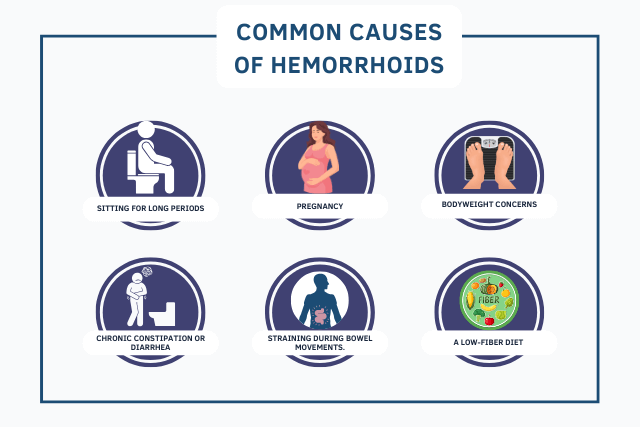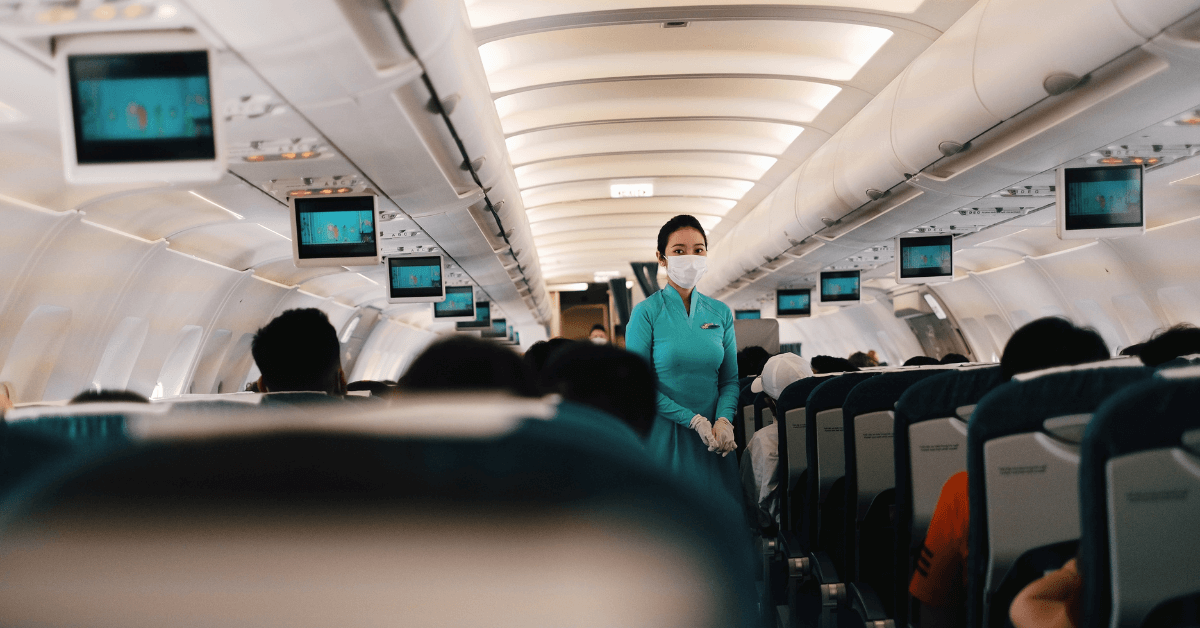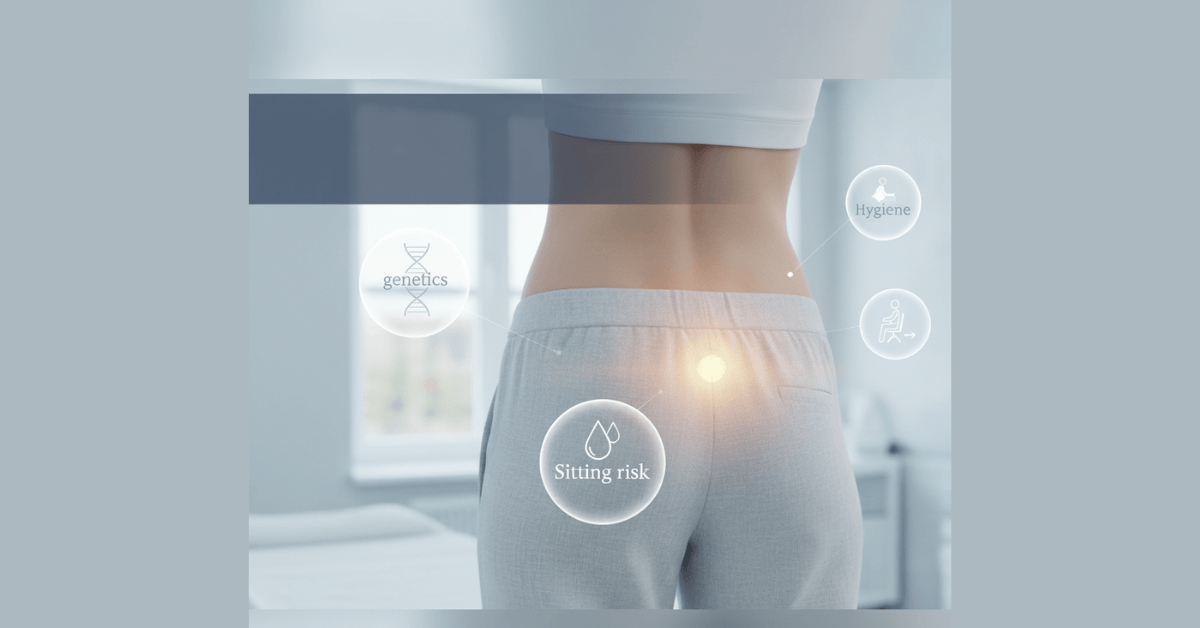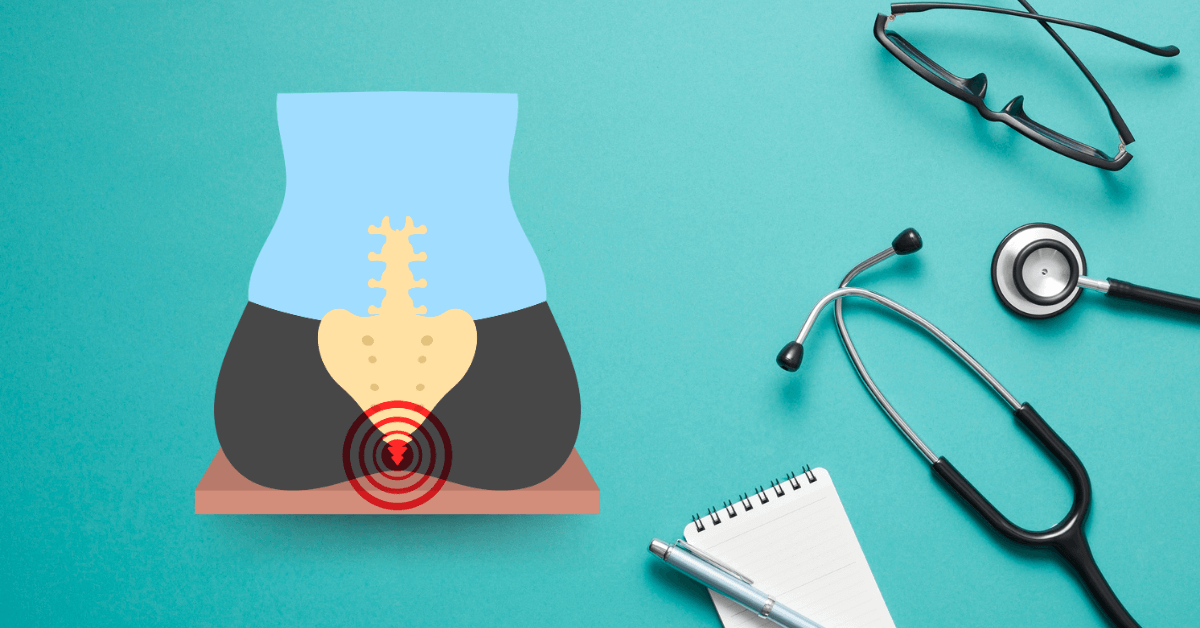Hemorrhoids are a common health issue affecting millions worldwide. When you combine this condition with prolonged sitting, the risk and discomfort can increase significantly. Understanding the link between prolonged sitting and hemorrhoids, the risks involved, and effective prevention tips is essential to protect your health and improve your quality of life.
In this blog, we will cover everything you need to know.
What Are Hemorrhoids?
Before diving into the connection between prolonged sitting and hemorrhoids, it’s important to understand what hemorrhoids are. Hemorrhoids, also known as piles, are swollen veins in the lower rectum or anus. They can be internal (inside the rectum) or external (under the skin around the anus). These swollen veins cause discomfort, pain, itching, and sometimes bleeding.
Hemorrhoid Causes
Hemorrhoids result from increased pressure in the lower rectum. This pressure can come from various sources such as straining during bowel movements, chronic constipation, pregnancy, obesity, and notably, prolonged sitting. Understanding these causes helps us focus on prevention and treatment.
How Does Prolonged Sitting Affect Hemorrhoids?
The connection between prolonged sitting and hemorrhoids is well documented in medical research. Sitting for long hours puts continuous pressure on the veins in your rectal and anal area. This pressure slows down blood flow, causing veins to swell and increase the risk of hemorrhoid development.
Sitting and Hemorrhoids: Why It Matters
When you sit for extended periods, especially on hard surfaces, the weight of your body compresses the veins around your anus. This compression makes it harder for blood to return to the heart, which leads to pooling and swelling of these veins. Moreover, sitting reduces the natural muscle movements that assist circulation in this area.
Symptoms of Hemorrhoids to Watch For
If you spend many hours sitting and experience discomfort, you should watch for common hemorrhoid symptoms:
- Itching and irritation around the anus
- Pain, especially during bowel movements
- Swelling or lumps near the anus
- Bleeding during or after bowel movements (bright red blood)
- Mucus discharge
Recognizing these symptoms early can help you seek treatment before the condition worsens.
Risks of Prolonged Sitting and Hemorrhoids
Now, let’s explore the specific risks caused by prolonged sitting and hemorrhoids.
Increased Pressure Leads to Swelling
Sitting for long hours directly increases pressure on the anal and rectal veins. This pressure leads to swelling and inflammation, thus worsening existing hemorrhoids or triggering new ones.
Reduced Blood Circulation
Prolonged sitting slows down blood flow in the lower body. Poor circulation can cause blood to pool, increasing the chance of developing hemorrhoids.
Worsening of Symptoms
For people with existing hemorrhoids, sitting for a long time can increase pain and discomfort, prolonging healing and leading to complications.
Increased Risk of Constipation
Sitting too long often reduces physical activity, which in turn can slow down digestion and cause constipation. Constipation forces straining during bowel movements, which is another leading cause of hemorrhoids.
Who Is Most at Risk?
Certain people are more likely to develop hemorrhoids due to prolonged sitting:
- Office workers and drivers who sit for many hours daily
- People with sedentary lifestyles or low physical activity
- Pregnant people experiencing increased pressure on pelvic veins
- People with higher body weight who carry more pressure in the pelvic area
Knowing if you are in these risk groups can motivate you to take preventive measures.
Prevention Tips for Prolonged Sitting and Hemorrhoids
The good news is that, consequently, by making simple changes to your lifestyle, you can reduce the risks related to prolonged sitting and hemorrhoids.
1. Take Frequent Breaks to Move
Avoid sitting continuously for hours. Instead, stand up, stretch, and walk around every 30 to 60 minutes. These small movements boost blood circulation and reduce pressure on your veins.
2. Use a Cushion or Pillow
Sitting on a soft cushion or donut-shaped pillow can reduce direct pressure on your anal area. This simple tool can relieve discomfort and help prevent swelling.
3. Maintain Good Posture
Sit upright with your back straight and feet flat on the floor. Additionally, avoid slouching, as poor posture can increase pressure on your pelvic veins.
4. Stay Hydrated and Eat Fiber
Drinking plenty of water and eating a high-fiber diet help prevent constipation. This reduces straining during bowel movements, lowering the risk of hemorrhoid flare-ups.
5. Exercise Regularly
Regular physical activity improves blood flow and digestion; for example, even light exercises like walking or stretching can make a big difference.
6. Avoid Straining During Bowel Movements
Straining increases pressure on the veins. Use a stool to elevate your feet slightly during bowel movements, which helps align your colon for easier passing.
7. Manage Your Weight
If you carry higher body weight, adopting a healthy diet and regular exercise can help reduce pressure on pelvic veins and lower the risk of hemorrhoids.
8. Consider Sitz Baths
Warm sitz baths soothe irritation and improve blood flow in the anal area. Furthermore, Sitting in warm water for 10-15 minutes several times a day can provide relief.
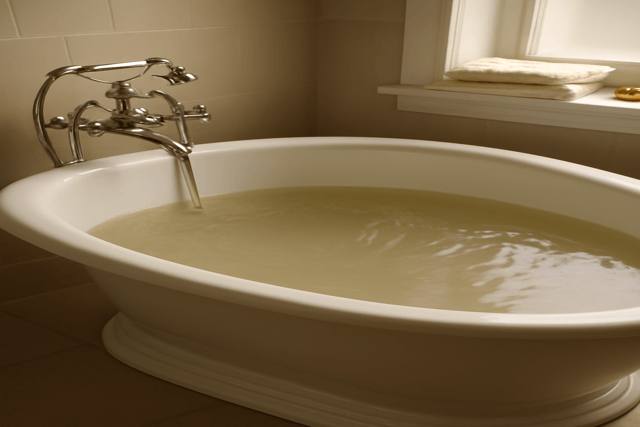
Treatment Options for Hemorrhoids
Even with prevention, some people develop hemorrhoids that require treatment. Let’s briefly explore effective options, including a modern minimally invasive procedure.
Over-the-Counter Remedies
Creams, ointments, and suppositories containing hydrocortisone or witch hazel also reduce inflammation and itching.
Medical Procedures
For more severe or persistent hemorrhoids, doctors may recommend:
- Rubber band ligation: Cutting off blood supply to the hemorrhoid to shrink it.
- Sclerotherapy: Injecting a solution that causes the hemorrhoid to shrink.
- Infrared coagulation: Using heat to close off the swollen veins.
- Laser Hemorrhoidoplasty (LHP®): A minimally invasive laser treatment that uses focused laser energy to shrink hemorrhoidal tissue while preserving surrounding structures. LHP offers less pain, quicker recovery, and minimal tissue damage compared to traditional surgery. It is effective for treating various grades of hemorrhoids and is gaining popularity for its safety and precision.
- Hemorrhoidectomy: Surgical removal in extreme cases, usually reserved for large or complicated hemorrhoids.
When to See a Doctor
If your symptoms worsen, such as heavy bleeding, severe pain, or if home treatments don’t help, seek medical advice promptly. Early treatment prevents complications and improves outcomes.
Conclusion: Managing Prolonged Sitting and Hemorrhoids
In summary, prolonged sitting and hemorrhoids are closely linked due to increased pressure and poor blood circulation in the anal area. However, by understanding the risks and implementing practical prevention tips like taking breaks, improving posture, and eating well, you can significantly reduce your chances of developing hemorrhoids or ease the symptoms if you already have them.
Remember, your daily habits play a crucial role in maintaining anal health. Stay active, listen to your body, and consult a healthcare provider when needed to keep hemorrhoids under control.

